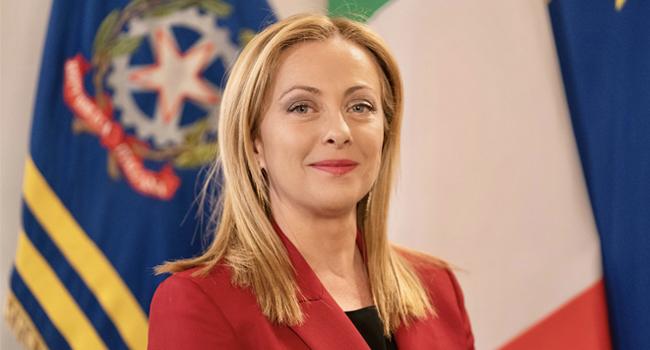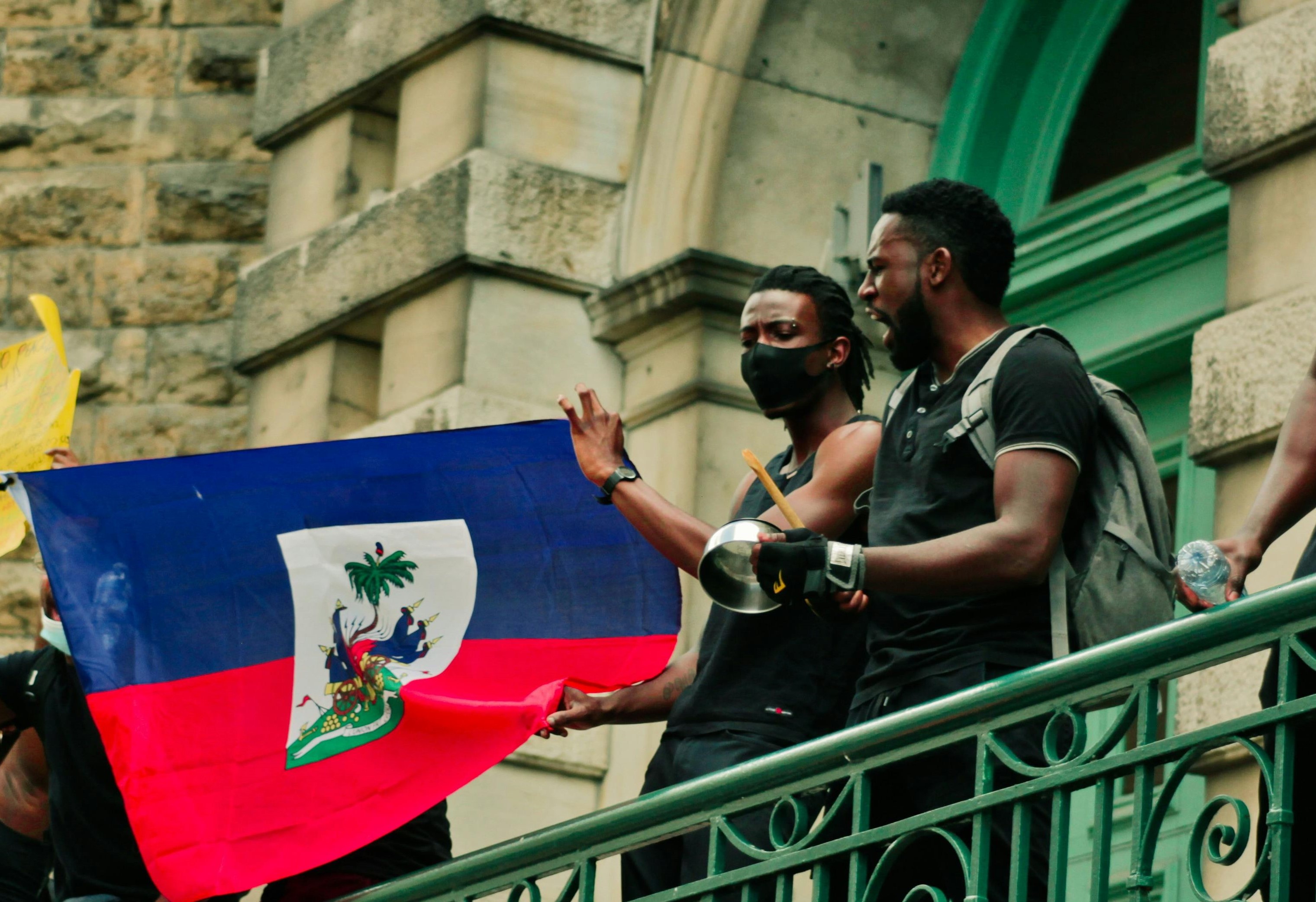Read this article in Italian!
On October 22, 2022, the XIX Italian legislature was officially inaugurated following a vote of confidence. Italy’s recent political history is marked by unusual ministerial arrangements, ranging from technocratic governments to the uneasy coalition between the far-right League and the far-left M5S.

This new legislature, however, is particularly significant as it represents the first government elected post-pandemic, a period during which the decisions of former Prime Minister Conte were met with considerable opposition, especially from far-right parties and their supporters. Consequently, it came as little surprise when one of those parties, Giorgia Meloni’s Brothers of Italy (FDI), won the election by a wide margin. Other established political parties failed to present sufficiently comprehensive or attractive platforms to compete effectively.
Despite the reservations many had regarding Meloni’s policies, the Italian electorate appeared to recognize in her a figure resembling a homo novus in the Roman sense—someone who enters the political arena without having held high office previously. It is worth noting, however, that while she lacked top-level experience, Meloni had been involved with her party since 2008, so she was not an absolute outsider. This lack of executive experience was seen by some as a potential liability but also as an opportunity for new approaches. Her electoral platform emphasized addressing Italy’s ongoing challenges and advocating for radical changes. Italy has a complex relationship with far-right ideologies, not only due to its historical past but also because populism often dominates public discourse—a phenomenon that resonates with the rise of right-wing governments across Europe. For a more in-depth discussion of this broader trend, we invite you to consult the article linked here.
With the Meloni government approaching its two-year mark, it is time to evaluate its performance and to identify the key trends shaping her administration.
Promises and Approaches
While we cannot provide an exhaustive summary of the entire FDI platform, several key points stand out among the party’s 100 proposed objectives. These promises, alongside Meloni’s appeal to populism and personality-driven politics, helped secure the party’s electoral victory. As with other contemporary right-wing parties, border security was at the forefront of the campaign, with FDI promising a strict anti-immigration policy alongside the establishment of economic partnerships with African nations. Another priority was the drive for efficiency, both economically and in terms of infrastructure. On the economic front, the party pledged to extend the flat tax and abolish the controversial Reddito di Cittadinanza (RDC, or citizen’s income), while infrastructure improvements included the much-discussed Messina Strait bridge, which would connect Sicily to the mainland, and significant upgrades to transportation networks, particularly railways. These initiatives were framed as essential for improving conditions in Italy’s southern regions and enhancing the quality of life in peripheral areas.
In addition to proposals originating within the party, FDI also committed to continuing certain policies from the Draghi government. These included further support for Ukraine, ongoing COVID-19 preventative measures, and the completion of projects under the National Recovery and Resilience Plan (PNRR), overseen by a specially formed commission. As of today, approximately half of these objectives are still in progress, with some—such as the Calderoli law—already under parliamentary examination, discussed in this article here

Was It All Just Promises?
After nearly two years in office, the question arises: how many of these promises have been fulfilled? Some initiatives, such as the PNRR, have faced considerable criticism from the opposition. There were significant delays at the outset, and although the commission overseeing the allocation of EU funds was established in May of this year, it remains 13 months behind schedule, particularly in the area of education investments.
Delays are not the only issue. Several projects have yet to start, most notably the Messina Strait bridge. This project, a recurring feature of right-wing platforms, has often been shelved due to its exorbitant cost and the opposition’s argument that its practical benefits are overestimated. Another area where the government has underperformed is the so-called Mattei Plan, which sought to establish economic partnerships between Italy and African countries to secure alternative sources of energy. This initiative was poorly received by potential partners, who were excluded from the planning process.
However, there are also areas of mixed success. For instance, clandestine immigration initially surged in 2023, with numbers doubling compared to 2022, despite Meloni’s campaign promises to curb the phenomenon. Immigration began to decrease in 2024, although it remains unclear to what extent this is attributable to government policies.
FDI has managed to deliver on some of its key objectives, despite challenges. Replacing the RDC, a controversial subsidy intended for unemployed citizens actively seeking work, was particularly difficult. Although the program was prone to abuse, it did provide essential support to those in need. It was only at the start of this year that the government successfully replaced it with two new programs: the Assegno di Inclusione and the Sostegno per la Formazione e il Lavoro (SFL). Both offer less substantial financial assistance, with the threshold for the SFL set near the poverty line, making this transition a highly contentious one. On the positive side, the government delivered on its promise to send military aid to Ukraine and passed legislation to increase domestic oil extraction, advancing Italy’s path towards energy independence. However, these measures also reveal a lack of focus on environmental issues, which were notably absent from FDI’s platform.

Centralizing Power through Legislation
While all governments may encounter obstacles regardless of their political orientation, some patterns in FDI’s legislative approach stand out. In Italy, while the power to legislate traditionally resides with Parliament, the Council of Ministers can also propose legislation through decreti di legge (DDLs), or emergency decrees. These DDLs must be approved by Parliament within 60 days. Although the extensive use of DDLs was essential during the pandemic, their continued use now suggests an attempt by the government to centralize power, limiting Parliament’s ability to propose new laws by forcing immediate discussion of DDLs.
FDI’s legislative agenda has been prolific, surpassing 100 proposals by this summer. Some of these DLs explicitly aim to strengthen the office of the Prime Minister, potentially at the expense of other institutions. In June, for instance, Parliament received a constitutional amendment proposal that would allow for the direct election of the Prime Minister, bypassing the current requirement for presidential approval.
Is Italy Still with Her?
FDI’s legislative strategy may simply be a means of expediting its ambitious agenda. However, Meloni’s alleged fascist sympathies raise concerns that she may be inclined towards further centralizing power, despite her public denials. Additionally, it is unclear how scandals, such as censorship accusations, have impacted her public image. When Italy heads to the polls in about three years, voters will need to determine whether entrusting power to a leader with authoritarian tendencies has been justified thus far.


